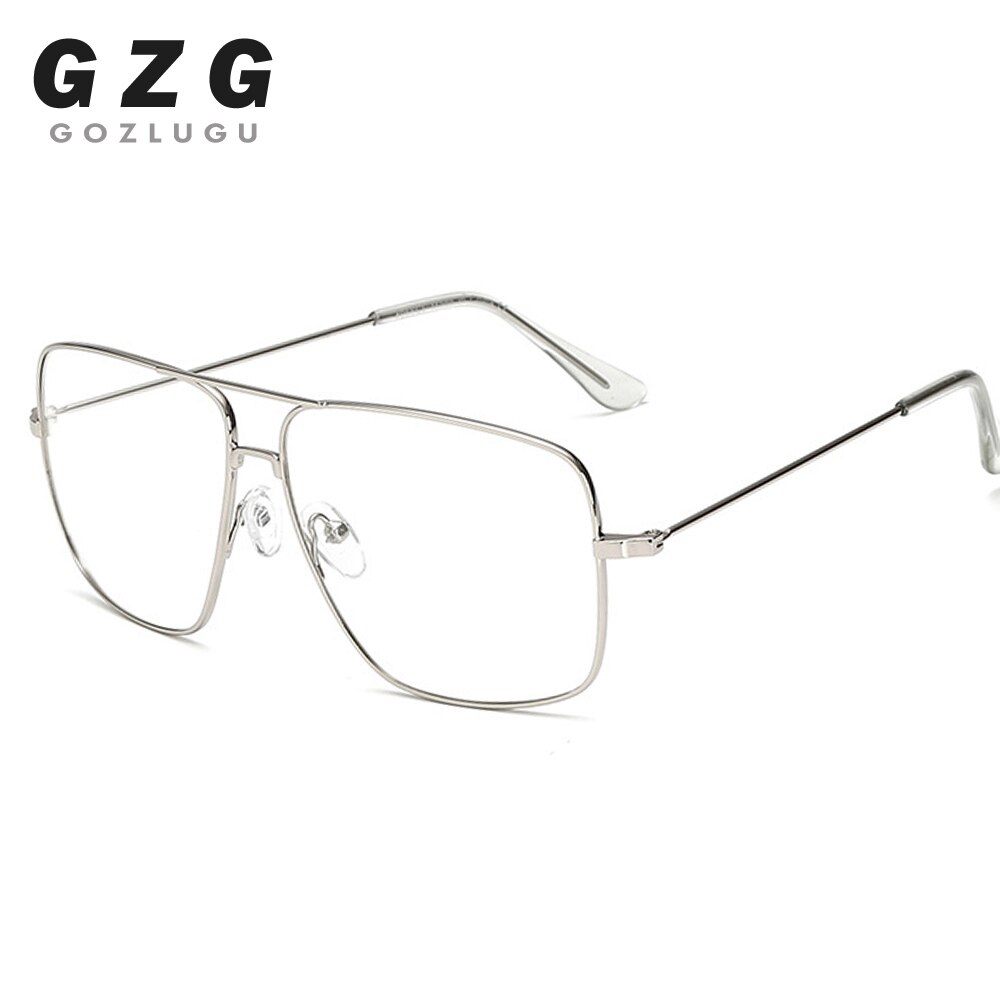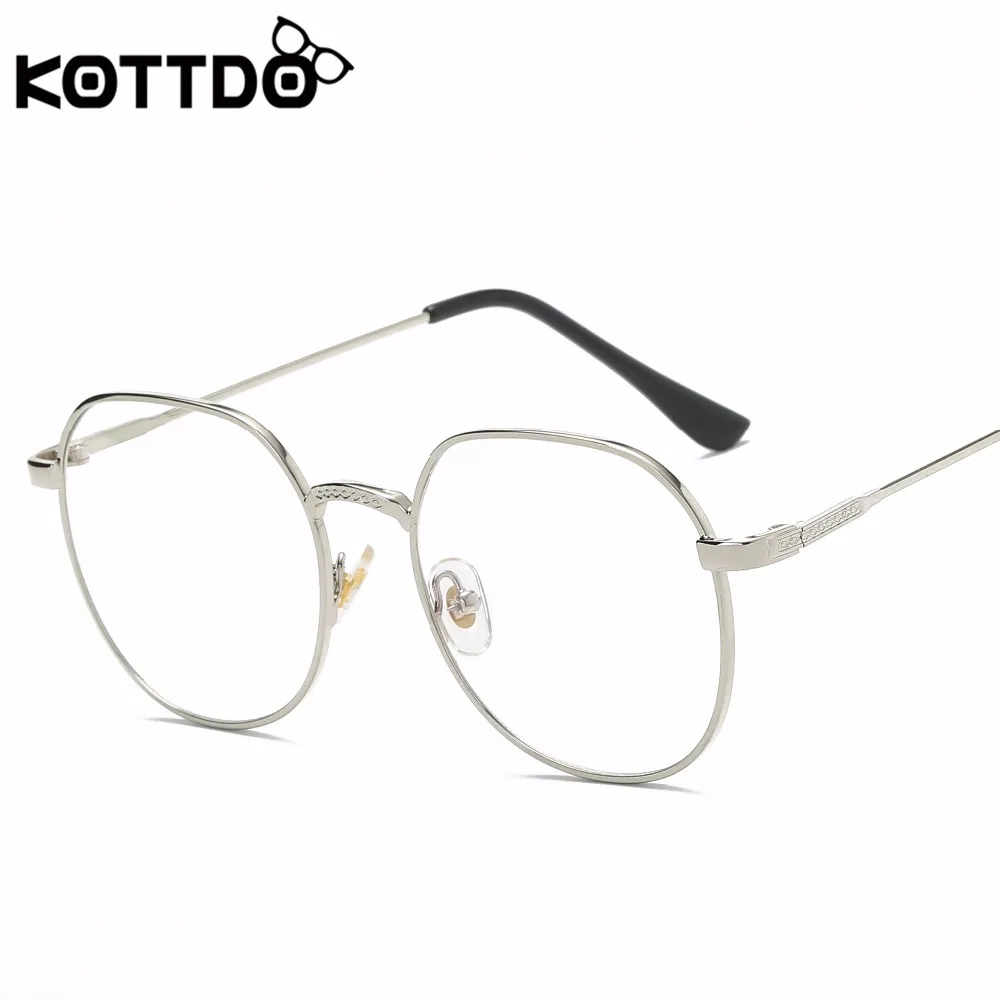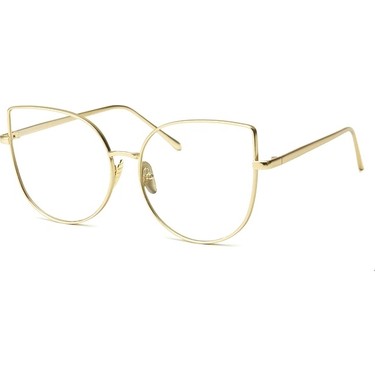
Yuvarlak Gözlük Kadın Erkek Vintage Büyük Boy Metal Çerçeve Şeffaf Lens Büyük Daire Gözlükler, Gümüş, Tüfek Siyah, é'色 : Amazon.com.tr

Vintage altın Metal çerçeve gözlük erkek kadın güneş gözlüğü Retro kare optik Lens gözlük Nerd şeffaf Lens gözlük GOZLUGU – Grandado

Yuvarlak Retro Metal Gözlük, 3 Çift Metalik Çerçeve Gözlük Vintage Klasik Şeffaf Lens Gözlük Gözlük Erkek Kadın Üniseks Wroking Elbise Siyah Pembe Altın Gümüş : Amazon.com.tr: Moda

Indirim KOTTDO Yeni Kadın Retro Gözlük Altın Metal Çerçeve Gözlük Erkek Optik Gözlük Çerçeve Şeffaf Cam Gözlük Gözlük ~ Gözlük & Aksesuar > www1.ModernTeklif.com

İndirim Moda kare anti mavi ışık gözlük kadınlar metal çerçeve gözlük tek parça şeffaf gözlük bilgisayar mavi ışık gözlük < Erkek gözlükleri | www.solady.com.tr

Satın alın Unisex Myopia Gözlük Ultralight Yuvarlak Metal Çerçeve Gözlük Anti Mavi Işık Radyasyon Gözlükleri Düz Ayna Gözlükleri -1.0 ~ -6.0 | Joom

Jwl Erkek Gözlük Modelleri Metal Çerçeve Damla Pilot Çerçeve Imaj Gözlüğü Retro Vintage Moda Sarı Fiyatı, Yorumları - TRENDYOL

Retro kedi gözü Anti mavi ışık optik gözlük çerçeveleri lüks kadın erkek Metal çerçeve düz gözlük bilgisayar gözlük miyopi cam|Gözlük Çerçeveleri| - AliExpress

2021 Şık Metal Çerçeve Kedi Gözü Optik Gözlük Kadın Moda Anti Mavi Işık Gözlük Çerçevesi - Buy 2021 Metal Optik Gözlük,Kedi Göz Gözlük Kadın,Moda Gözlük Çerçeve Product on Alibaba.com













